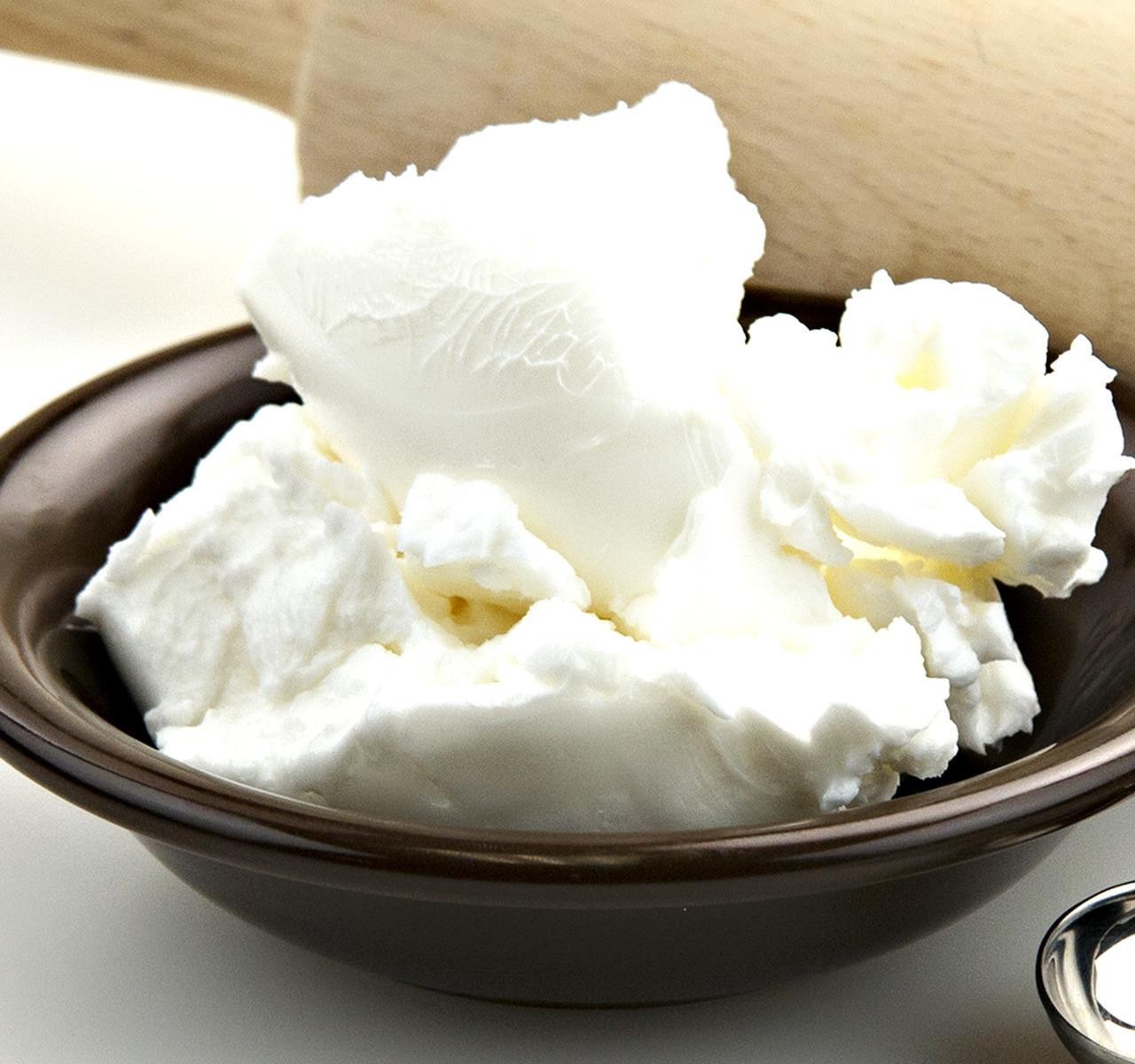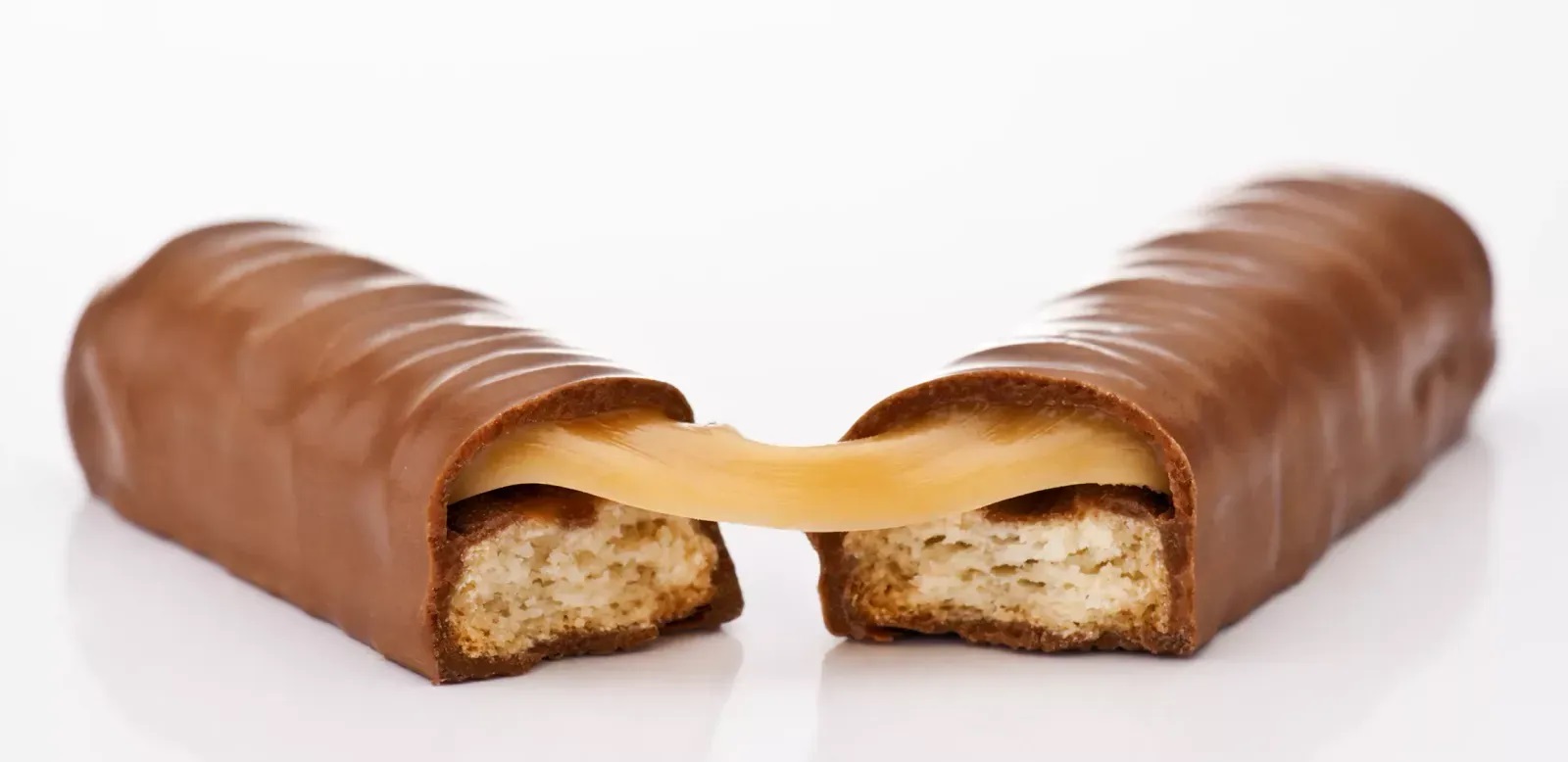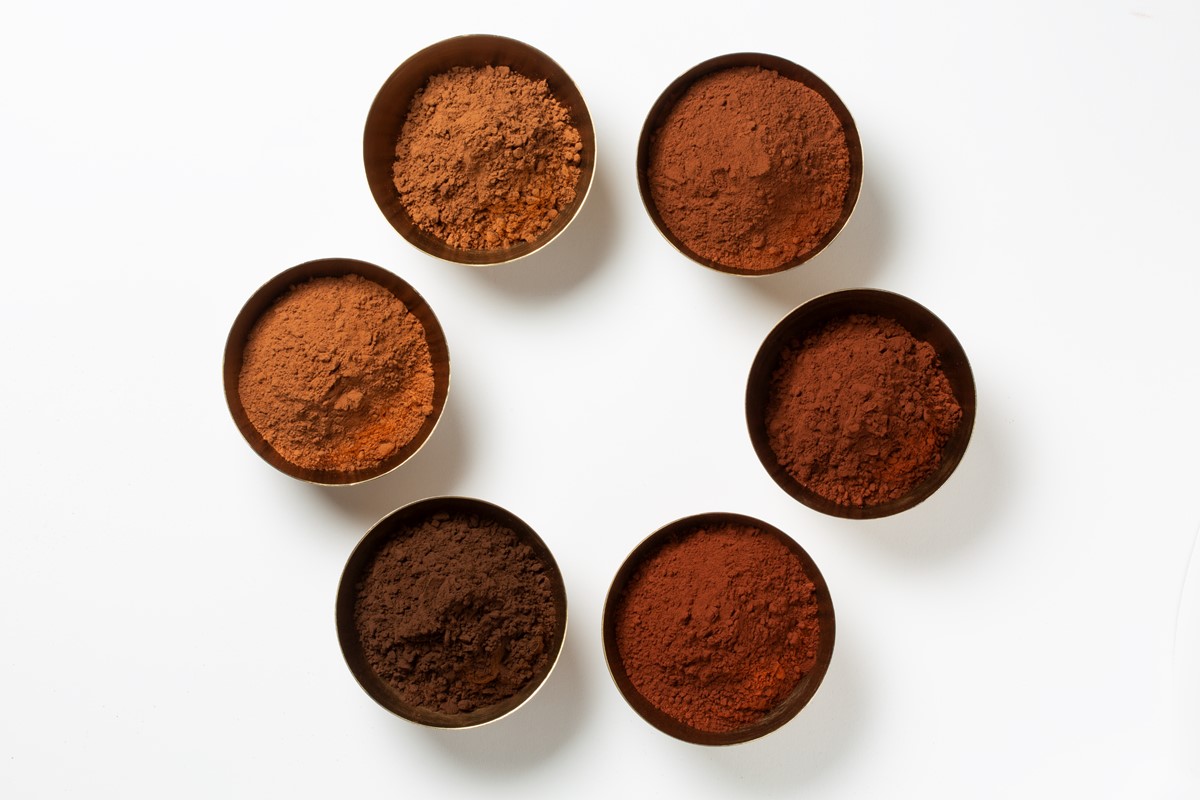What is non-lauric Cocoa Butter Replacer (CBR)
What is non-lauric Cocoa Butter Replacer (CBR)
What is non-lauric Cocoa Butter Replacer (CBR)?
Non-lauric Cocoa Butter Replacer (CBR) is a type of fat that mimics the properties of cocoa butter but is derived from non-lauric fats such as shea butter or palm oil. It is used as an alternative to cocoa butter in various food products, particularly in the confectionery industry. This replacer allows manufacturers to maintain the texture, stability, and flavor of products while reducing production costs and improving sustainability.
Historical background:
The development of non-lauric Cocoa Butter Replacer (CBR) can be traced back to the increasing demand for cocoa butter in the food industry. As cocoa butter prices fluctuated and supply chain challenges emerged, researchers sought alternative fats that could replicate the unique characteristics of cocoa butter. Through innovative processes and experimentation, non-lauric CBR was created to meet the growing needs of manufacturers and consumers.
Key figures:
Key figures in the development and promotion of non-lauric Cocoa Butter Replacer (CBR) include food scientists, researchers, and industry experts who have worked tirelessly to improve the quality and functionality of this replacer. Their efforts have led to widespread adoption of non-lauric CBR in various food products around the world.
General impact:
Non-lauric Cocoa Butter Replacer (CBR) has had a significant impact on the food industry by providing a cost-effective and sustainable alternative to cocoa butter. Manufacturers can now produce high-quality products with improved texture and stability, while also reducing their environmental footprint. Consumers benefit from a wider range of affordable and delicious food options that maintain the same level of taste and quality.
Positive aspects:
One of the main advantages of non-lauric Cocoa Butter Replacer (CBR) is its cost-effectiveness compared to cocoa butter. By using this replacer, manufacturers can save money on production costs without compromising on the quality or taste of their products. Additionally, non-lauric CBR is a more sustainable option that helps reduce the demand for cocoa butter and its environmental impact.
Negative aspects:
Despite its numerous benefits, non-lauric Cocoa Butter Replacer (CBR) may have some negative effects on the traditional cocoa butter industry. As more manufacturers switch to using this replacer, there could be a decrease in demand for cocoa butter, affecting cocoa farmers and producers. Additionally, some consumers may prefer products made with authentic cocoa butter, leading to a potential loss of market share for companies using non-lauric CBR.
Future developments:
In the future, we can expect to see continued innovation and research in the field of non-lauric Cocoa Butter Replacer (CBR). Scientists and food technologists will work towards improving the functionality and versatility of this replacer, as well as exploring new sources of non-lauric fats for production. Additionally, efforts to address sustainability concerns and support cocoa farmers in developing countries will be crucial for the long-term success of non-lauric CBR.
Conclusion:
Non-lauric Cocoa Butter Replacer (CBR) has revolutionized the food industry by offering a viable alternative to cocoa butter that is cost-effective, sustainable, and versatile. While there are both positive and negative aspects to consider, the overall impact of non-lauric CBR is undeniably significant. As we move towards a more sustainable future, this replacer will continue to play a crucial role in meeting the demands of consumers and manufacturers alike.








